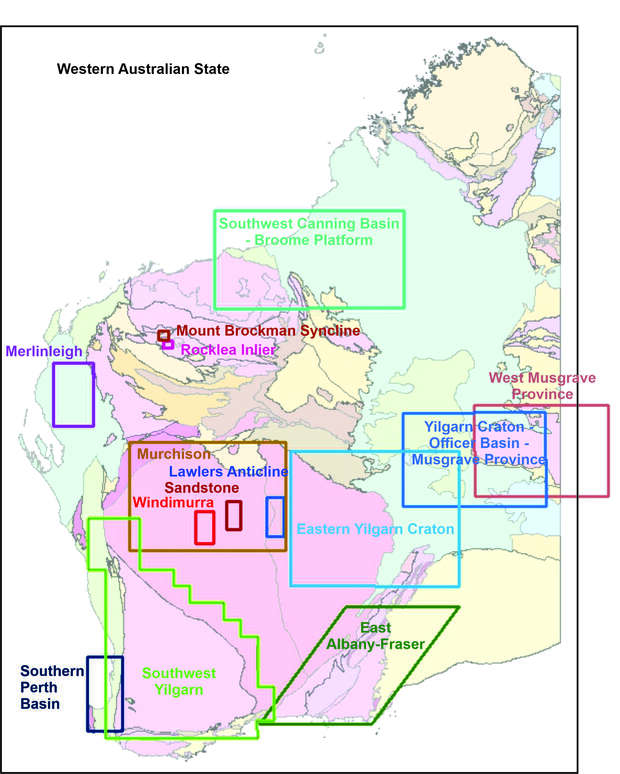The 3D geoscience section of the Geological Survey of Western Australia (GSWA) aims to increase the knowledge of the State’s subsurface by researching how the regional architecture of Earth’s lithosphere in Western Australia relates to the location of mineral and energy resources.
This is achieved through the acquisition, analysis and modelling of geophysical, geological and geochemical data and their integration in 3D structural models. Activities include developing the capability to build, manage, analyse and store 3D models according to GSWA quality standards. GSWA works cooperatively with leading research institutions on imaging the deep crust and the lithospheric mantle, and on all aspects of the 3D modelling workflow.
3D geomodels
GSWA has built several 3D models and also archived some from university and industry sources. All models in our list can be downloaded from the Data and Software Centre (select Datasets [GDA1994] àStatewide spatial datasets à 3D geology). All models are available for viewing through the free viewer of Geoscience ANALYST or as a SKUA-GOCAD project.
-
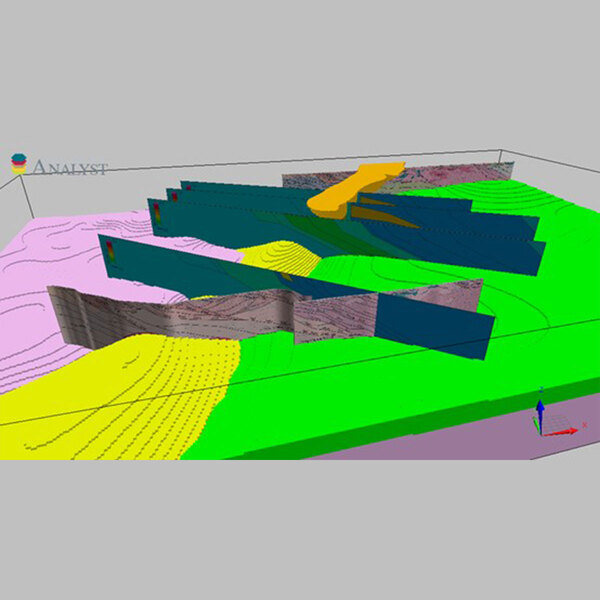 East Albany–Fraser Orogen 3D Geomodel 2018
East Albany–Fraser Orogen 3D Geomodel 2018
-
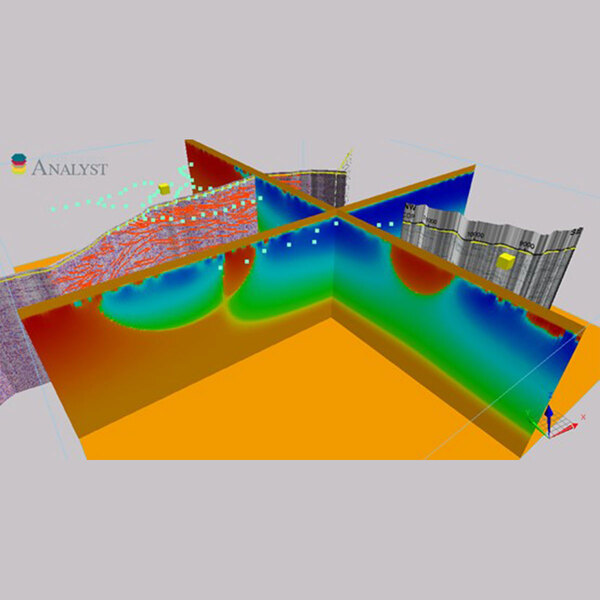 East Yilgarn Craton 3D Geomodel 2019
East Yilgarn Craton 3D Geomodel 2019
-
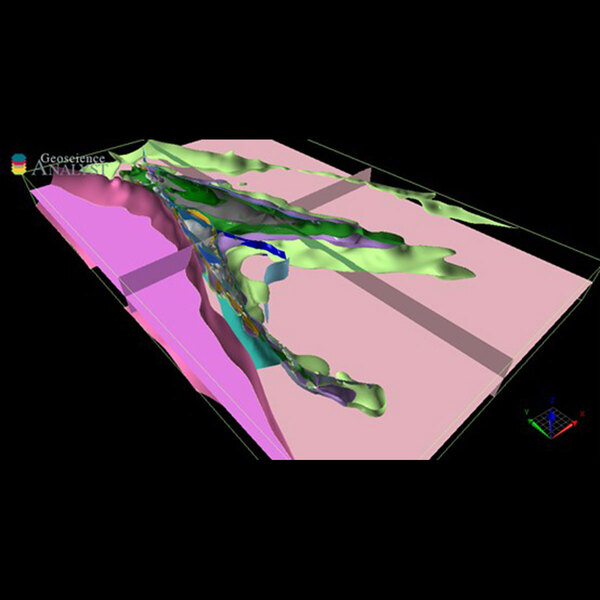 Lawlers Anticline 3D Geomodel 2014
Lawlers Anticline 3D Geomodel 2014
-
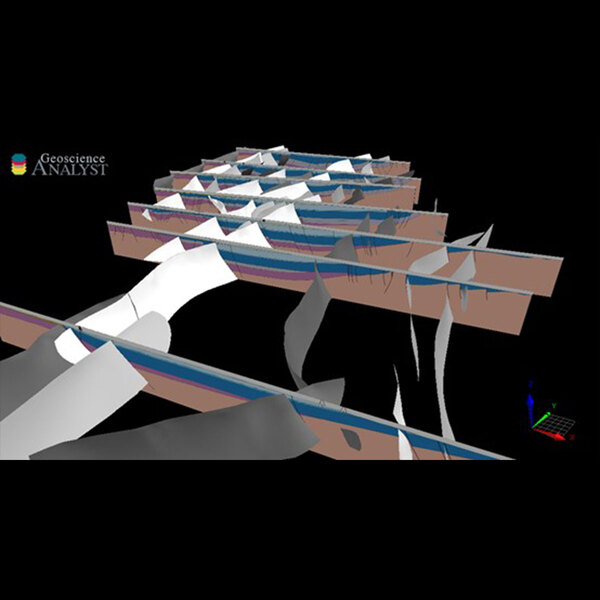 Merlinleigh 3D Geomodel 2013
Merlinleigh 3D Geomodel 2013
-
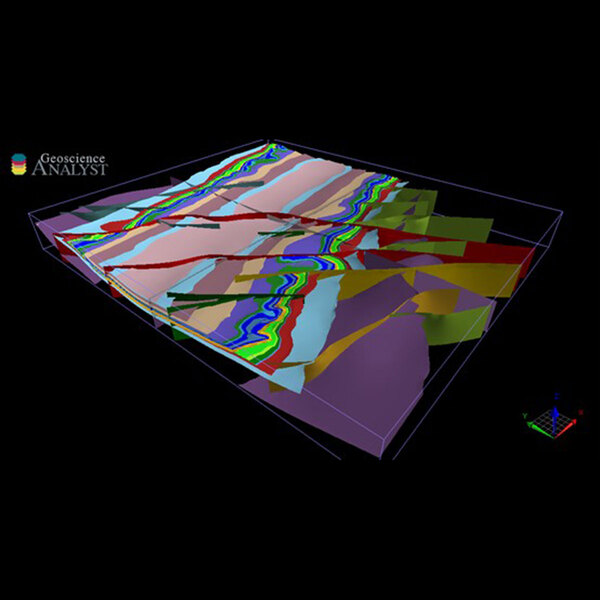 Mount Brockman Syncline 3D Geomodel 2006
Mount Brockman Syncline 3D Geomodel 2006
-
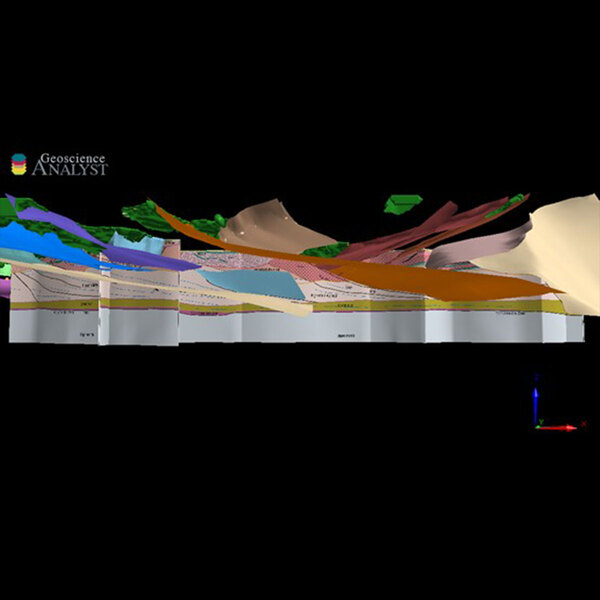 Murchison 3D Geomodel 2019
Murchison 3D Geomodel 2019
-
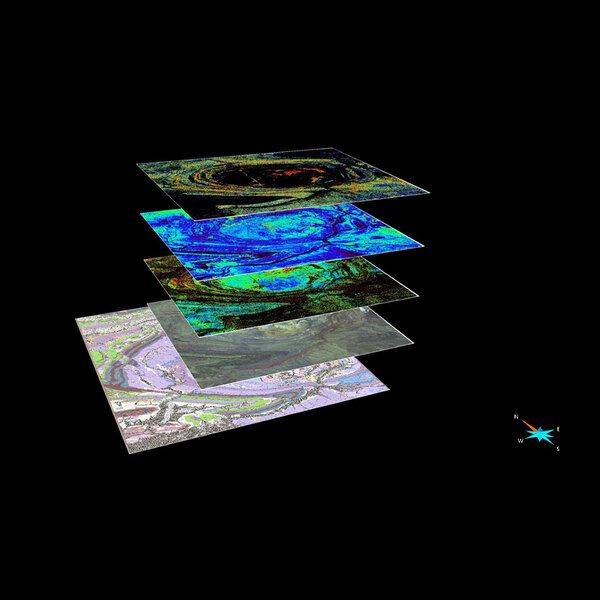 Rocklea Inlier 3D Geomodel 2012
Rocklea Inlier 3D Geomodel 2012
-
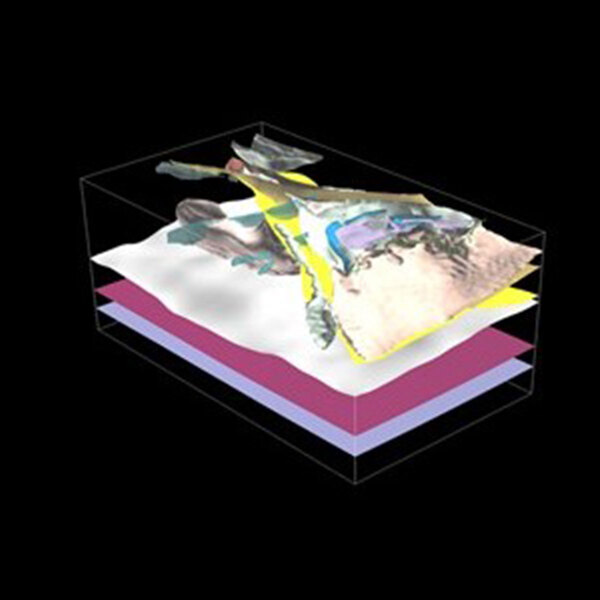 Sandstone 3D Geomodel 2015
Sandstone 3D Geomodel 2015
-
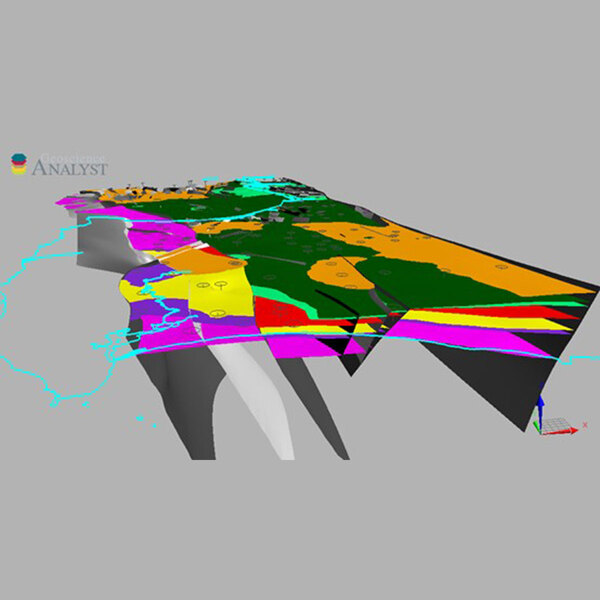 Southern Perth Basin 3D Geomodel 2020
Southern Perth Basin 3D Geomodel 2020
-
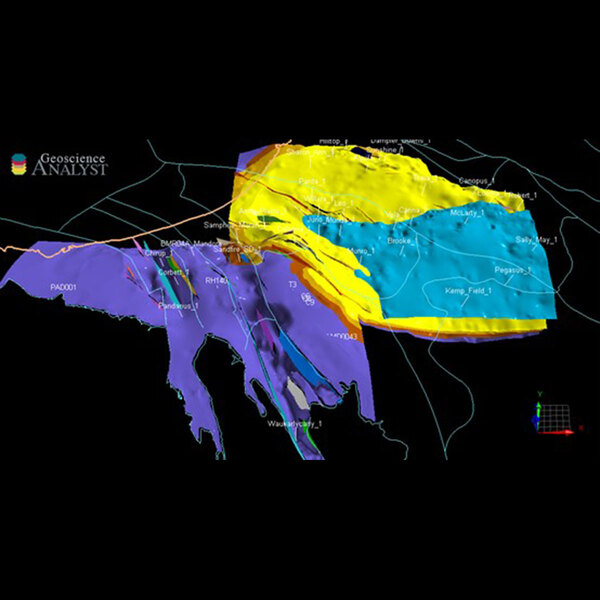 Southwest Canning Basin – Broome Platform 3D Geomodel 2020
Southwest Canning Basin – Broome Platform 3D Geomodel 2020
-
 Southwest Yilgarn 3D Geomodel 2021
Southwest Yilgarn 3D Geomodel 2021
-
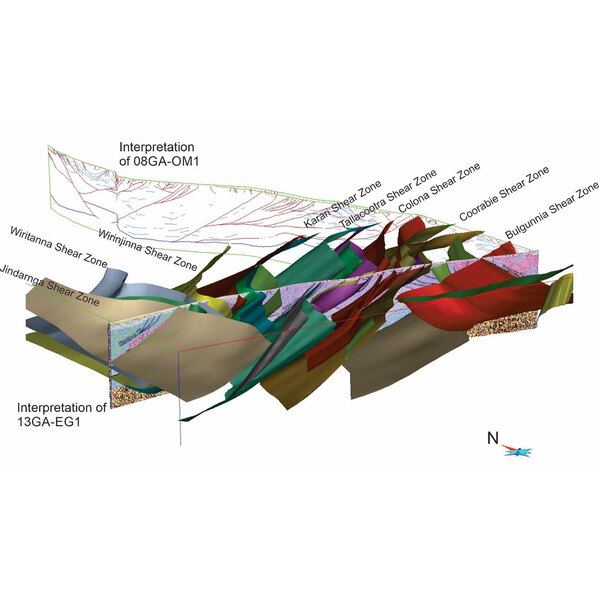 West Gawler 3D Geomodel 2017
West Gawler 3D Geomodel 2017
-
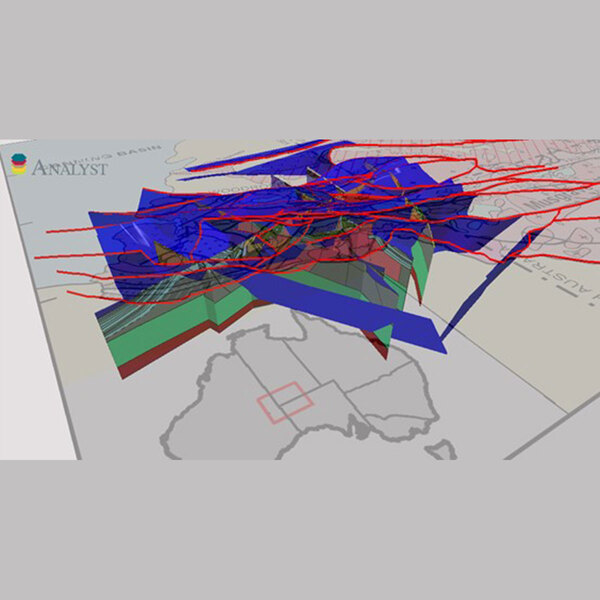 West Musgraves 3D Geomodel 2013
West Musgraves 3D Geomodel 2013
-
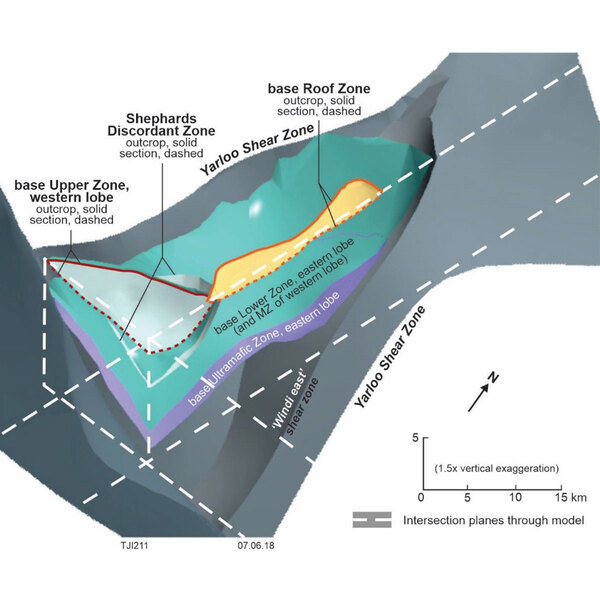 Windimurra 3D Geomodel 2015
Windimurra 3D Geomodel 2015
-
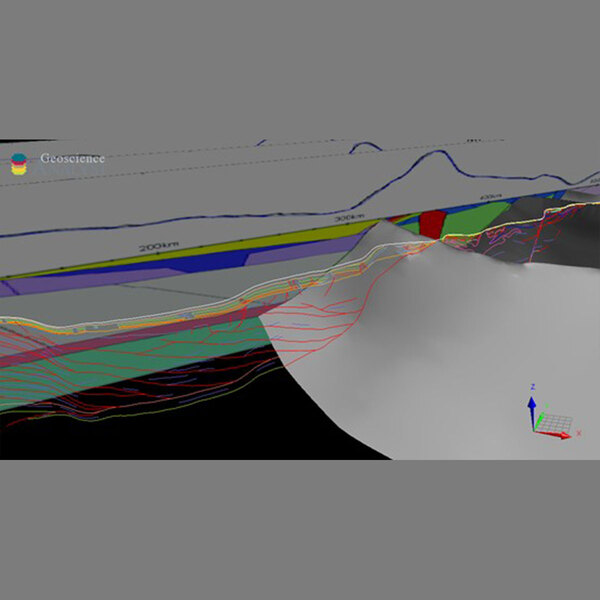 Yilgarn Craton – Officer Basin – Musgrave Province 3D Geomodel 2013
Yilgarn Craton – Officer Basin – Musgrave Province 3D Geomodel 2013
-
 WA State 3D Geomodel 2021
WA State 3D Geomodel 2021
Petrophysics
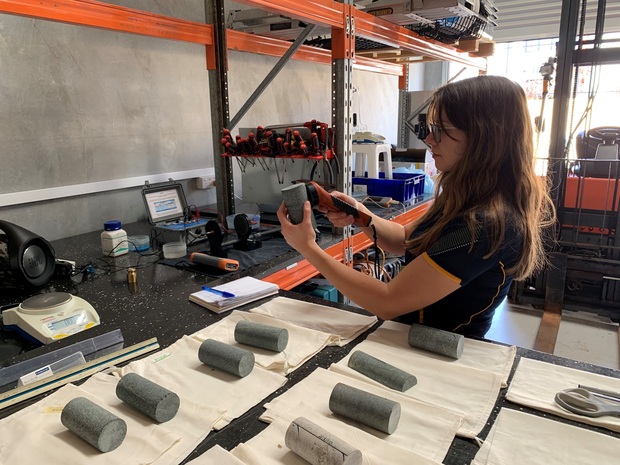
GSWA is undertaking a strategic regional program of systematic petrophysical data acquisition on drillcore from drillholes across Western Australia for the benefit of the resource Industry. In its Core Libraries, GSWA holds important drillcore from significant mineral deposits, poorly explored regions, or State reference drillholes.
Terra Petrophysics will conduct petrophysical analysis on the samples, with the measurements of:
- Induced Polarization
- Galvanic Resistivity
- Inductive Conductivity
- Magnetic Susceptibility
- Natural Remanent Magnetization (limit ~500 x 10-5 SI)
- Wet/Dry Bulk Density
- Porosity
- Sonic Velocity (P wave)
The first phase of this project focused on Exploration Incentive Scheme (EIS) core in greenfields regions including the Eucla basement, Paterson Orogen and West Arunta. The second phase has focused on EIS and donated core from the Eastern Goldfields, including core from the barcoding project.
3D collaborative projects
LOOP
LOOP is an international consortium of universities and Geological Sureys working together to build an open source 3D probabilistic geological and geophysical modelling platform.
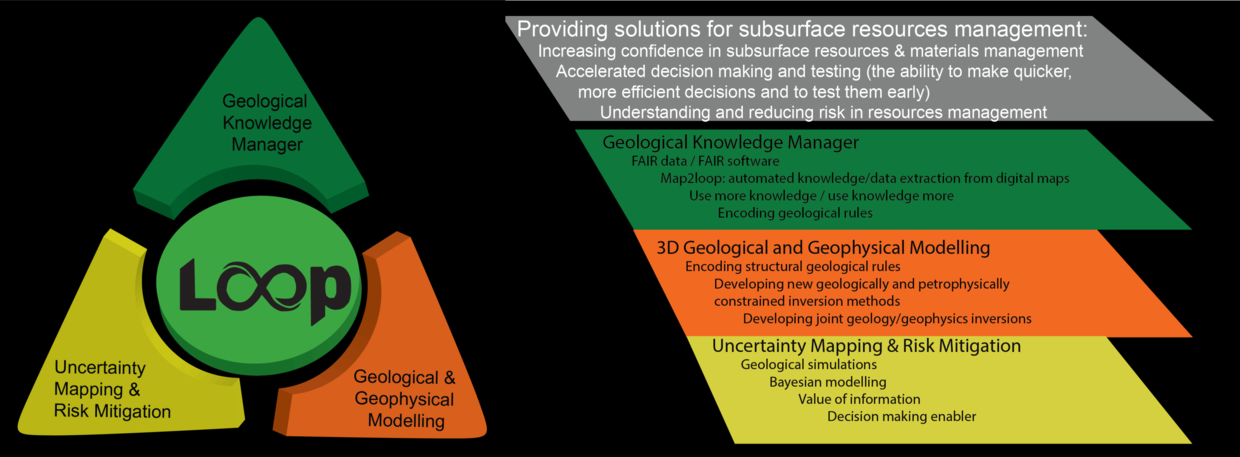
IGG_CAS
Institute of Geology and Geophysics geoscientists at the Chinese Academy of Sciences are working with GSWA to investigate the easterly end of the Tethys Ocean by means of passive seismic imaging of the crust and upper mantle. Projects include the Canning Basin Passive Seismic and the Pilbara array (to start 2021).
Australia National University (ANU)
Our collaboration with ANU includes the SWAN passive seismic program and helping maintain the Seismometers in Schools Program.
Dept of Fire and Emergency Services (DFES)
We are working with DFES on earthquake hazard awareness as part of the SWAN program. With better monitoring networks we are building a better picture of the seismic structure and hazard in the southwest of the state.

Contact
For more information contact:
3D.geoscience@dmirs.wa.gov.au

